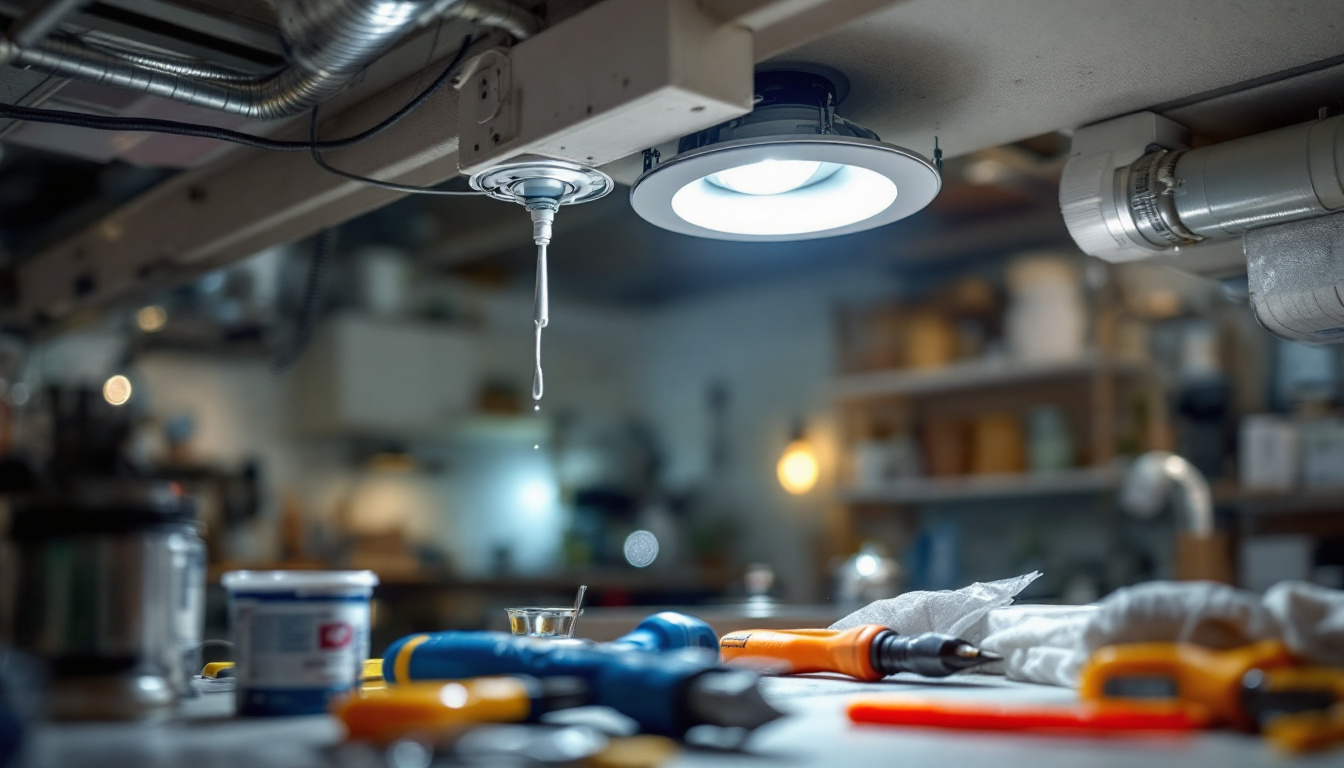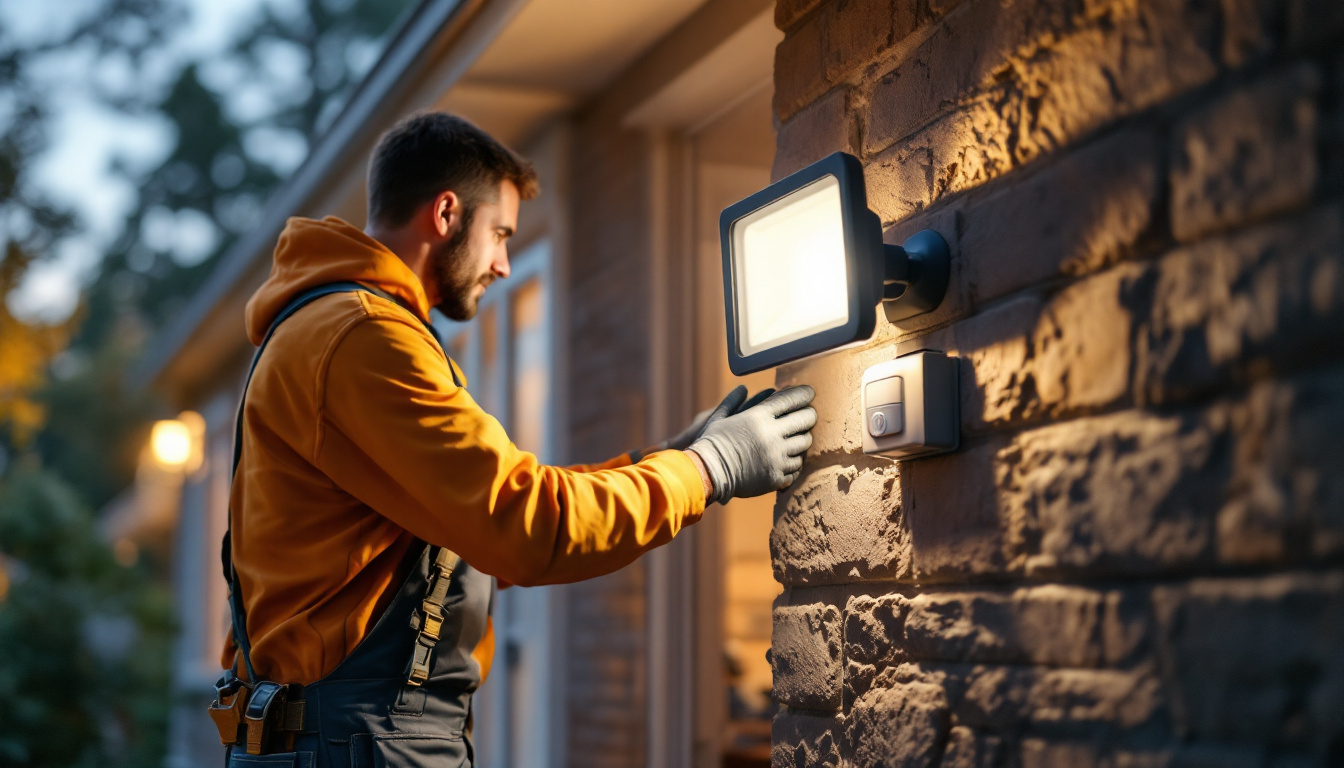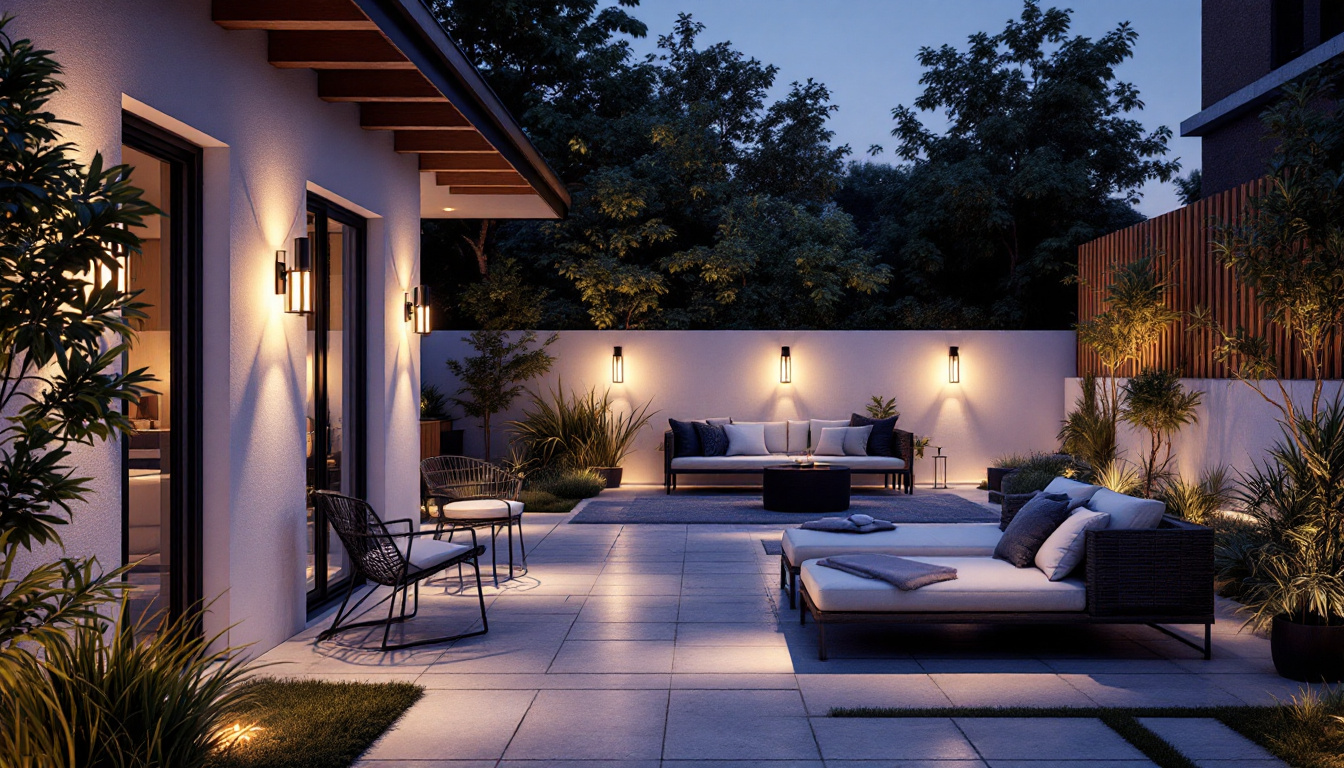
Recessed lighting has become a staple in modern interior design, providing a sleek and unobtrusive way to illuminate spaces. However, as technology advances and design preferences evolve, many homeowners and contractors are considering retrofitting their existing recessed lighting systems. This article delves into the essentials of recessed light retrofitting, offering insights and guidance for lighting contractors looking to enhance their services.
Recessed lighting, often referred to as can lighting or pot lighting, involves fixtures installed into the ceiling, creating a clean and minimalist look. These fixtures can be used for various purposes, including task lighting, accent lighting, and general illumination. Understanding the different types and applications of recessed lighting is crucial for contractors aiming to provide tailored solutions to clients. Additionally, the aesthetic appeal of recessed lighting can significantly enhance the ambiance of a space, making it feel more open and inviting. The unobtrusive nature of these fixtures allows for a seamless integration into any room, providing both functionality and style.
There are several types of recessed lighting fixtures available, each designed for specific uses. The most common include:
In addition to these types, there are also specialized fixtures such as low-profile models that are perfect for ceilings with limited space, and wet-rated fixtures suitable for bathrooms and outdoor areas. Each type serves a unique purpose, and understanding these distinctions helps in selecting the right fixture for the intended application, ensuring optimal lighting and aesthetic appeal.
Recessed lighting offers numerous advantages, including:
Moreover, recessed lighting can enhance the overall functionality of a room. For example, in kitchens, they can provide focused illumination over countertops for cooking tasks, while in living rooms, they can create a cozy atmosphere when dimmed. The ability to install dimmer switches further increases the versatility of recessed lighting, allowing users to adjust the brightness according to the time of day or mood, making them an ideal choice for both practical and aesthetic purposes.
Retrofitting recessed lighting fixtures can breathe new life into an outdated lighting system. This process involves replacing the existing components with newer, more efficient options without the need for extensive renovations. There are several compelling reasons to consider a retrofit.
One of the primary motivations for retrofitting recessed lighting is the potential for energy savings. Older fixtures often use incandescent or halogen bulbs, which consume more energy and have shorter lifespans. By upgrading to LED options, contractors can significantly reduce energy consumption, resulting in lower utility bills for clients.
Moreover, many LED products are now designed to fit seamlessly into existing recessed housings, making the retrofit process straightforward and cost-effective. This not only benefits the environment but also appeals to clients looking to reduce their carbon footprint.
Another significant advantage of retrofitting recessed lighting is the opportunity to enhance the overall aesthetics of a space. Newer fixtures come in various styles, colors, and finishes, allowing contractors to offer customized solutions that align with their clients’ design preferences.
Additionally, retrofitting can improve the quality of light in a space. Modern LED fixtures often provide better color rendering and adjustable brightness levels, enabling homeowners to create the desired ambiance in their homes.
Retrofitting also allows for the incorporation of advanced lighting technologies. Smart recessed lighting options enable homeowners to control their lighting through mobile apps or voice commands, providing convenience and flexibility. This tech-savvy approach can be a significant selling point for contractors looking to attract modern clients.
Understanding the retrofit process is essential for contractors aiming to deliver efficient and effective service. The following steps outline the typical procedure for retrofitting recessed lighting fixtures.
The first step in the retrofit process is to assess the existing recessed lighting fixtures. Contractors should evaluate the current housing, wiring, and bulb types to determine the best retrofit options. This assessment will help identify any necessary modifications or upgrades required for a successful retrofit.
It’s also important to consider the layout and design of the space. Understanding how the existing lighting interacts with the room can inform decisions about the type and placement of new fixtures.
Once the assessment is complete, contractors can select appropriate retrofit kits. These kits typically include LED bulbs, trim, and any necessary hardware for installation. When choosing retrofit kits, it’s crucial to consider factors such as:
The installation process for retrofitting recessed lighting typically involves the following steps:
While retrofitting recessed lighting can be a straightforward process, contractors may encounter challenges along the way. Understanding these potential issues and how to address them is essential for a successful retrofit.
One of the most common challenges faced during retrofitting is compatibility between new fixtures and existing housings. Not all retrofit kits are designed to fit every type of housing. Contractors should carefully review specifications and, when in doubt, consult with manufacturers to ensure compatibility.
In cases where the existing housing is not compatible, it may be necessary to replace the housing entirely. While this adds to the project’s complexity, it can ultimately lead to a more effective lighting solution.
Electrical issues can also arise during the retrofit process. For instance, older wiring may not support the energy demands of new LED fixtures. Contractors should assess the wiring and, if necessary, upgrade it to meet current safety standards.
Additionally, ensuring that the circuit can handle the load of the new fixtures is crucial. Overloading circuits can lead to tripped breakers or even electrical fires, so proper assessment is vital.
Managing client expectations is another critical aspect of the retrofit process. Contractors should communicate clearly about what the retrofit entails, including any potential limitations or challenges. Providing clients with realistic timelines and outcomes can help build trust and satisfaction.
As the industry evolves, several trends are shaping the future of recessed lighting retrofits. Staying informed about these trends can help contractors remain competitive and meet the needs of their clients.
Smart lighting continues to gain popularity, and many homeowners are looking to integrate these technologies into their existing systems. Offering smart recessed lighting options, such as dimmable fixtures and those compatible with home automation systems, can set contractors apart from competitors.
These systems often allow for remote control, scheduling, and even integration with other smart home devices, providing added convenience and energy efficiency.
As environmental concerns grow, many clients are prioritizing energy-efficient and sustainable lighting solutions. Contractors can appeal to this demographic by emphasizing the energy savings and reduced environmental impact of LED retrofits.
Additionally, sourcing products from manufacturers that prioritize sustainability in their operations can enhance a contractor’s reputation and appeal to eco-conscious clients.
Customization is becoming increasingly important in lighting design. Clients are looking for unique solutions that reflect their personal style and enhance their spaces. Offering a variety of trim styles, finishes, and color temperatures can help contractors meet these demands.
Furthermore, providing design consultations can help clients envision how retrofitted recessed lighting can transform their spaces, leading to higher satisfaction and potential referrals.
Retrofitting recessed lighting offers numerous benefits, from energy efficiency to improved aesthetics and functionality. For lighting contractors, understanding the retrofit process, the common challenges, and the latest trends is essential for providing exceptional service and meeting client needs.
By staying informed and adapting to the evolving landscape of recessed lighting, contractors can enhance their offerings and ensure that their clients enjoy the benefits of modern lighting solutions. Whether it’s through smart technology integration or a focus on sustainability, the opportunities for innovation in recessed light retrofitting are vast and promising.
Ready to take your recessed lighting retrofits to the next level? At LumenWholesale, we provide lighting contractors with the highest quality, spec-grade lighting products at prices that can’t be beaten. Say goodbye to local distributor markups and hello to our vast selection of reliable, high-performance lighting solutions that meet the strictest industry standards. With the added benefits of free shipping and bulk buying convenience, LumenWholesale is your go-to source for premium lighting without the premium price tag. Elevate your lighting projects and delight your clients by choosing the best value in wholesale lighting. Wholesale Lighting at the Best Value.

Discover expert insights and best practices for upgrading your lighting with a conversion kit for canned light to recessed fixtures.

Discover how lighting contractors can enhance their services and boost client satisfaction with motion detector flood lights.

Discover the often-overlooked aspects of outdoor patio light fixtures that even seasoned lighting contractors miss.

Discover the essential insights lighting contractors need to know about solar panel lamps.